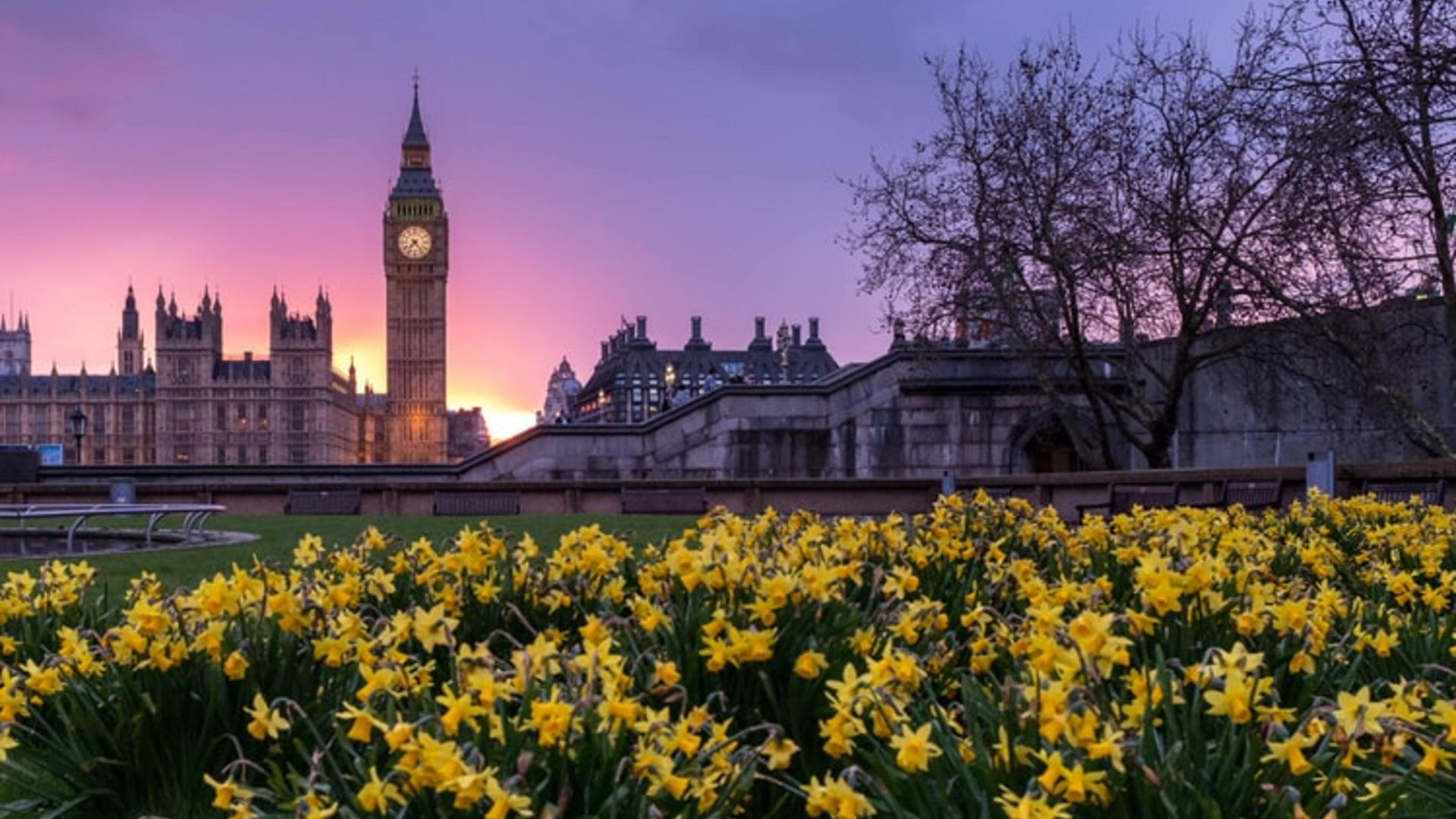“If you’re tired of London, you’re tired of life.” I’m paraphrasing the great Samuel Johnson here, but I can’t say I disagree. Like most international cities–Tokyo, Paris, or New York, for example–London is a place that people have an idea of in their mind, but that reveals multitudes on further examination, like a kaleidoscope. London Neighborhoods offer a lifestyle for everyone.
Here are the three lesser-known London neighborhoods I’d go for if I were traveling back in time for a do-over to make this capital city my home:
London Neighborhoods if You Want to Be Somewhere Trendy: London Fields

Hip neighborhoods seem to change every other minute in London, but for the last few years, everyone from trendsetters to newlyweds starting families seems to want to live in East London. Hackney, Dalston, and Stoke Newington have been the places to go if you want to be close to the hottest gigs and chicest haircuts.
London Fields is a vibrant nearby neighborhood that’s close to the action, but not at the center of it.
With a community feel, there’s still lots to see and do, from concert venues to hip restaurants to one of London’s few heated lidos, or outdoor swimming facilities. A warm swim in mid-January in the UK? Sign me up!
The only downside is you have to master the bus system and the Overground to get there–it’s not terribly convenient to most major Tube lines. But if you don’t mind learning a few bus routes, you could have access to one of London’s oldest parks, and you might even see Bjork!
London Neighborhoods if You’re Almost Ready for the Suburbs, but Not Quite: Balham

Balham is almost a cliché–it’s known as yummy-mummy central, somewhere that you’ll be tripping over strollers, diaper bags, and yoga mats at every turn. But, honestly, for me, that’s something of an attraction–families tend to want to live somewhere quieter, and in a city as busy as London quiet is hard to find.
Pick Balham, one of the lesser-known London Neighborhoods if You Want to Be Within Walking Distance of the City Center: Kentish Town has an almost-village feel, full of great coffee, yoga studios, and a sizzling drag queen bingo scene.
It also boasts speedy connections both to the city center and out of it on commuter rail. Best of all, it’s somewhere the tourists and trend seekers don’t really go, so you can settle down in your local pub or take a walk in nearby Tooting Bec Common without worrying about being swarmed with people.
London Neighborhoods if You Want to Be Within Walking Distance of the City Center: Kentish Town
Kentish Town is a real hidden gem–just uphill from grungy Camden, and downhill from the extremely chi-chi Highgate. Camden’s a place where you still see fully mohawk’d punks in their leathers wandering through patchouli-scented market stalls, whereas in Highgate you’re likely to see at least three pristine Jaguars on the main drag.
Sandwiched between them both, Kentish Town features excellent neighborhood shops, from vintage clothing to greengrocers, a flourishing diversity of cafes and restaurants, and easy access to what is, in my opinion, London’s greatest green space by far: Hampstead Heath.
Best of all, Kentish Town is just a 30-minute walk (or 15-minute tube ride) from Tottenham Court Road, with access to the West End, Covent Garden, and Oxford Street. When you’re through with city living, it’s just a quick jaunt back uphill out of the smog and noise to the peaceful backstreets of Kentish Town.
There are few places I wouldn’t live in London if given the choice. But these three neighborhoods are my absolute favorites for culture, convenience, and community.
What are the things that are important to you when choosing where to live? If you could live in London, what would you look for? Sign up for free and become part of the conversation.
by: Katie Bergen


